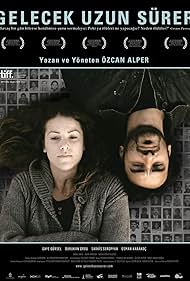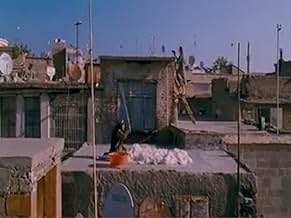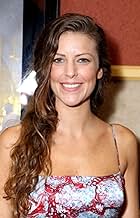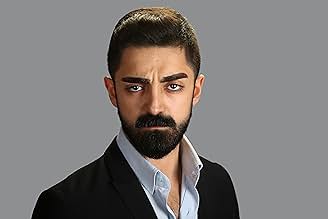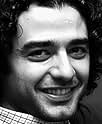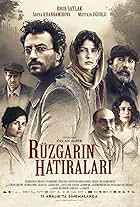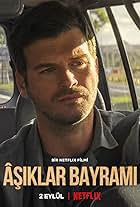GELECEK UZUN SURER (THE FUTURE LASTS FOREVER) begins with a haunting image of a horse running across a deserted landscape and being shot down with a gun. This direct reference to Sydney Pollack's THEY SHOOT HORSES, DON'T THEY (1969) sets the tone for a film that focuses on the sheer waste of life during the so-called Kurdish conflict that dominated Turkish history in the Nineties and beyond, and continues to this day. In light of recent events in Syria, the issues raised by this film have become even more significant.
Sumru (Gaye Gursel) is a doctoral student from Istanbul traveling to the east of Turkey to do research on elegies. At the film's beginning, she sees her work as divorced from politics; it is simply a means to obtaining an academic end. She gradually becomes involved with local resident Ahmet (Durukan Ordu), and together they visit various places where the conflict - and its consequences - has been most keenly felt. Along the way they interview various family members who have lost loved ones: most of these interviews are shot with a single camera pointing at the interviewee, interspersed with reaction shots of Sumru and her colleagues.
Director Ozcan Alper has constructed a leisurely narrative, with long shots of the rolling eastern Turkish landscape interspersed with close-ups of the main protagonists. This is a low-key film in terms of tone - a strategy that only served to underline the horror of the events discussed. Many families in the region have experienced the pain of torture, familial loss, and unwarranted intrusion by troops; but their stories are often excluded from the 'official' narratives of recent history. Alper's film serves to bring them to light once more. The allusion to Pollack's film underlines the cheapness of human life - especially for the generals (and other leaders) involved in the conflict. Someone has to get killed in order to fulfill one's ends. Yet Alper suggests that no one - not least the local residents - has any real clue what the conflict is (or was) about any more.
The film's narrative closes with Sumru's mysterious disappearance, and a return of the horse galloping across the screen once more. The image serves to remind us that individuals count for nothing in this conflict - not even the so-called protagonist of Alper's film.
